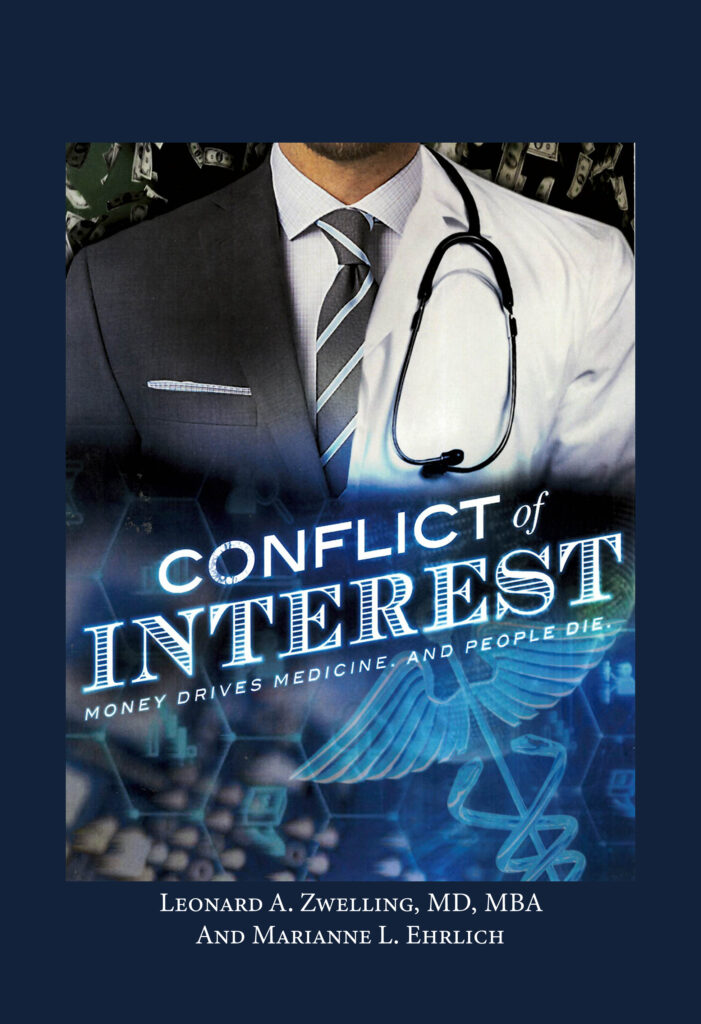Drug Targets: Do We Need To Know The Bulls Eye?
By
Leonard Zwelling
It was a small article in the Science section of Tuesday’s New York Times (September 17) by Carl Zimmer. He makes note of how some scientists are learning that what they thought were important gene targets in cancer cells may be nothing of the kind. Many of these targets were identified using RNAi technology. When the specific targets were eliminated using CRISPR technology the cells continued to grow happily making the essentiality of the supposed target to the malignant phenotype doubtful, and what’s more when the targeted therapy was used against the genetically-altered cancer cells, those without the putative target, the therapy killed the cells anyway.
I had to laugh because this was the sort of finding that had plagued me in the early parts of my research career when trying to determine if a specific DNA effect of cisplatin was really the one killing the cells I was exposing to the drug. There was a ton of circumstantial evidence that DNA crosslinking was killing the cells. But that’s what I was looking for and measuring. What else may have been the true lethal lesion was unknown to me. You’ll never find what you don’t look for.
The same thing occurred when I attacked the problem of intercalator-induced cell death. Was that death really mediated by an effect on topoisomerase II or any of a dozen other effects that I wasn’t simultaneously measuring? Even when we co-purified topo II with the drug-dependent-DNA crosslinking effect of the intercalators that we thought was the lethal lesion, how could we be sure this is what was really killing the cancer cells, let alone doing so in the patients. In fact, we thought we had developed a drug-resistant form of topo II in a resistant line of human leukemia cells when it eventually turned out that there were two forms of the enzyme, one of which was missing from the resistant cells. That missing form was probably the true target in sensitive cells for it was the interaction of the drug with the enzyme target that produced the cell death. No target equaled resistant cells. This proved for sure that you could do fifteen years of research and still not be sure of what you really know.
This now raises the issue of target-directed anticancer therapy in patients and what the measure of efficacy needs to be to conclude that an anti-cancer drug really works and to be sure of how.
Well, let’s consider the conventional chemotherapy drugs successfully employed to cure lymphoma, leukemia and testicular cancer. Do we really know how these cytotoxic drugs have their beneficial effects? Not really. Do we care? Surely those who have been cured are more than happy to say they don’t know how the magic worked, but they are really glad it did.
Going forward, we will get better and better at treating human malignancies. Often, we may think we know why we have made progress. But when you consider the complexity involved in eradicating a metastasized cancer from a person and altering the natural history of a malignant disease, you realize that there may be a why behind the cure, but the cure is what counts. Surely knowing why is critical, but not to the cured patient.
In the mean time, we plough on trying to find new targets and designing drugs to pick the locks on these putative keys to cancer. But we must remain humble. It’s great when we know why it works because we are so much more likely to use the drug in the most effective way, but we should not get too far ahead of ourselves. Just because we think a drug won’t work because the target is not present, doesn’t mean we are right. Excluding those without the putative target from clinical trials of a “targeted drug” is not without risks. You might miss an “off target” effect that’s more important than the one that you thought was important. Humility!




